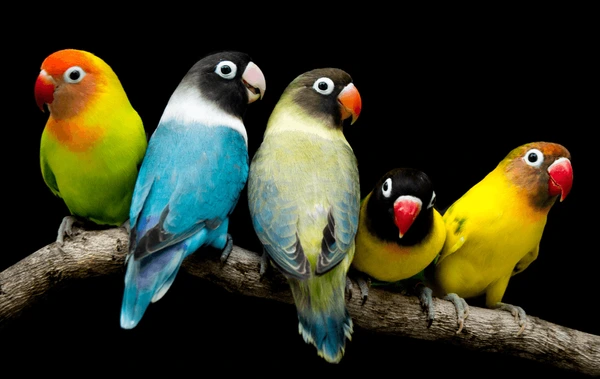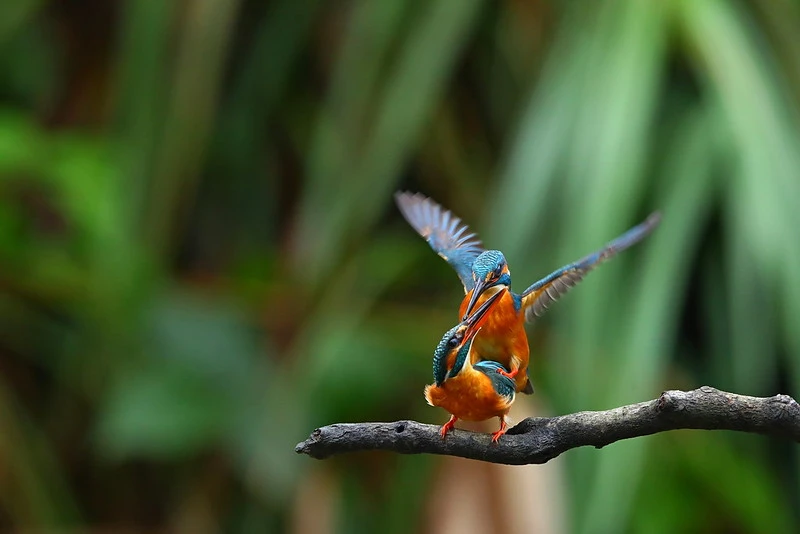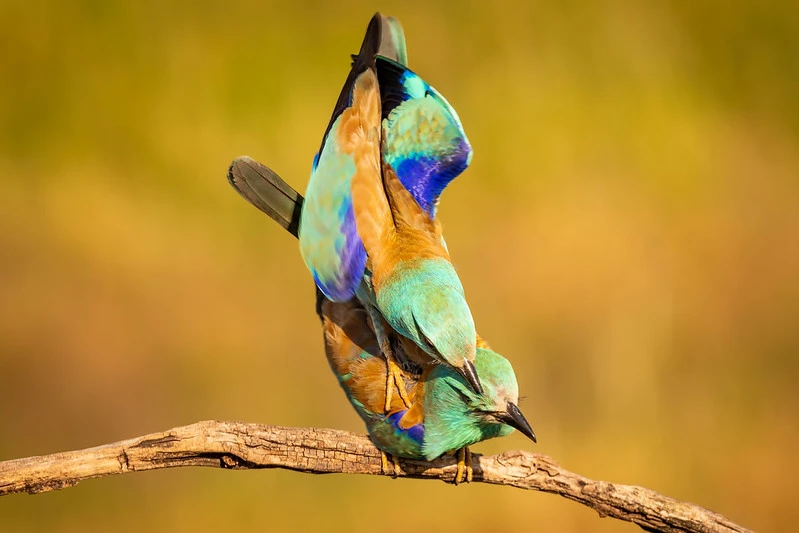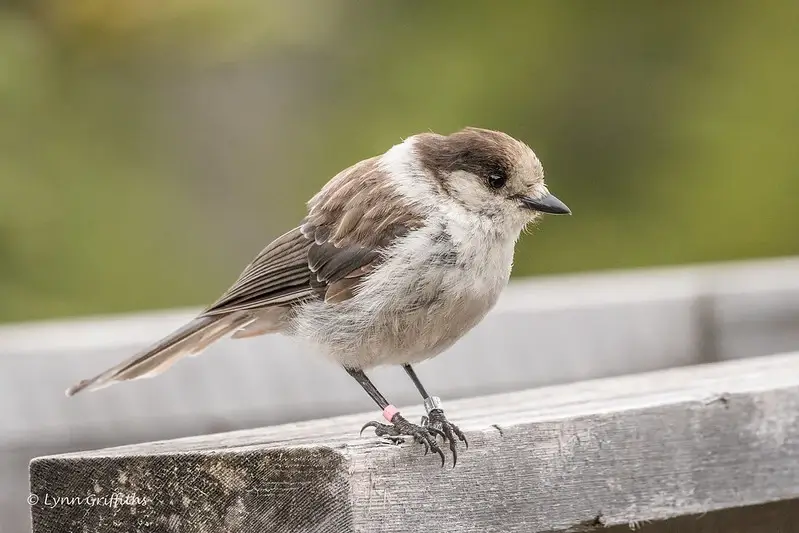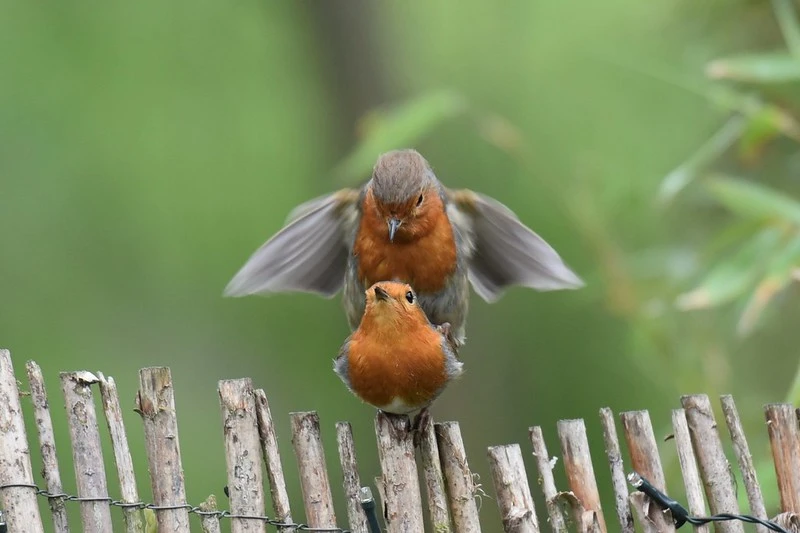Understanding the nuances of these charming creatures goes beyond mere admiration What Is the Life Expectancy of a Lovebird?
Introduction
Unveiling Lovebirds: A Brief Overview
Lovebirds, those captivating small parrots measuring between 5.1-6.7 inches (13-17 cm), are distinguished by their stocky build, large bills, and tails that may take on a round or square shape. Their vibrant plumage and playful demeanor make them popular choices as avian companions. Understanding the nuances of these charming creatures goes beyond mere admiration; it delves into the intricacies of their lifecycle.
Navigating the Significance of Lifespan in Captivity
The decision to welcome lovebirds into our homes as cherished pets is a substantial commitment. Recognizing the impact of their average lifespan, which hovers between 10-12 years, becomes pivotal. This chapter will explore how the lifespan of lovebirds influences the choice of keeping them as pets, shedding light on key factors that contribute to their overall longevity.
The Tapestry of Opinions on Lovebird Lifespan
As we embark on this exploration, it becomes evident that opinions on the average lifespan of lovebirds vary across different sources. This section will dissect the diverse perspectives surrounding the lifespan of these avian companions, unraveling the factors that contribute to the spectrum of opinions within the avian enthusiast community.
Lovebird Lifespan: Facts and Figures
Navigating the Wild vs. Captive Lifespan
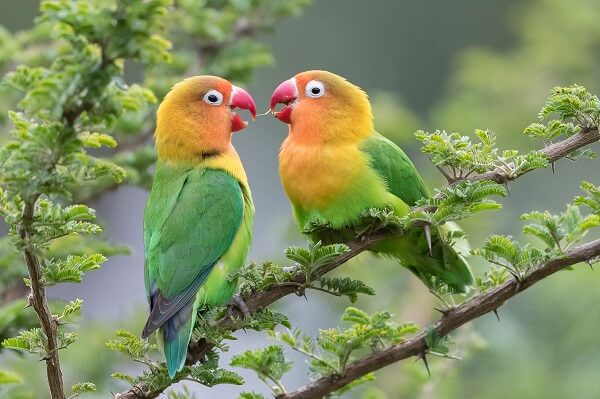
Lovebirds, both in the wild and captivity, lead distinct lives, each influencing their lifespan. This section unravels the variance in life expectancy between wild and captive lovebirds, providing valuable insights into the factors that contribute to this dichotomy.
Wild Lovebirds
- Life in the Wild: Lovebirds in their natural habitat face an array of challenges, from predators to food scarcity. This impacts their average lifespan, usually ranging from 5 to a maximum of 15 years.
- Environmental Factors: The delicate balance of nature, habitat loss, unpredictable weather events, and predation are pivotal elements shaping the lifespan of lovebirds in the wild.
Captive Lovebirds
- Secure Environments: Lovebirds in captivity, under the right conditions, can thrive for an extended period. Proper care, a controlled environment, and suitable nutrition can contribute to a lifespan of 10 to 20 years.
- Factors Influencing Captive Lifespan: This subsection delves into the factors that contribute to the extended lifespan of lovebirds in captivity, from nutrition and medical care to the absence of natural threats.
Psittacology Expert Insights
Psittacology, the study of parrots, provides a valuable perspective on lovebird lifespan. This section offers insights into the expert opinions from Psittacology, focusing on the critical role of proper care in extending the lifespan of lovebirds.
Understanding Lovebird Lifespan
- Scientific Insights: Psittacology emphasizes the significance of scientific approaches in understanding and enhancing the lifespan of lovebirds.
- Impact of Proper Care: Detailed discussions on how meticulous care, encompassing diet, environment, and medical attention, can positively impact the longevity of lovebirds in captivity.
Lovebirds in the Wild: Facing Habitat Challenges
Lovebirds’ existence in the wild is not without challenges. This section analyzes the intricate balance between lovebirds and their natural habitat, shedding light on the challenges that influence their lifespan.
Habitat Loss and Its Consequences
- Environmental Changes: The impact of habitat loss on lovebirds and the cascading effects on their population and lifespan.
- Weather Events and Predation: Exploring how severe weather events and predation contribute to the challenges faced by lovebirds in the wild.
Lovebird Lifespan in Captivity
Navigating WebMD’s Perspective
In the realm of understanding lovebird lifespan, WebMD stands as a beacon of reliable information. This section will delve into the insights provided by WebMD, shedding light on crucial aspects of lovebirds’ longevity in captivity.
WebMD’s Insights on Lovebird Lifespan
- Comprehensive Overview: WebMD offers a comprehensive perspective on the factors influencing lovebird lifespan, providing a detailed analysis of their life expectancy in captivity.
- Key Considerations: This subsection will outline the key considerations highlighted by WebMD, ranging from environmental conditions to dietary requirements.
The Role of Proper Care and Environmental Conditions
- Environmental Impact: WebMD emphasizes the direct correlation between the environment in which lovebirds are kept and their overall lifespan.
- Significance of Proper Care: A closer look at how meticulous care, encompassing nutrition, medical attention, and mental stimulation, plays a pivotal role in determining the longevity of lovebirds.
Unveiling Pet Keen’s Take on Lovebird Lifespan
Pet Keen, a trusted source in the realm of pet care, offers its unique perspective on the typical lifespan of lovebirds. This section will provide an overview of Pet Keen’s insights, delving into the nuances of lovebirds’ longevity as pets.
Overview of Pet Keen’s Information
- Typical Lifespan: Pet Keen provides an overview of the average lifespan of lovebirds in captivity, offering valuable insights into the factors that influence this timeframe.
- Threats and Challenges: Discussion on the potential threats lovebirds face in captivity, including predators and food shortages, as highlighted by Pet Keen.
Squeaks and Nibbles: Health and Loneliness
Squeaks and Nibbles, known for their in-depth exploration of small pets, contribute a unique perspective to the understanding of lovebird lifespan. This section will focus on their insights into the relationship between health, loneliness, and the longevity of lovebirds.
Health Considerations
- Health Impact on Lifespan: Exploring how the health of lovebirds is intricately connected to their lifespan, as per Squeaks and Nibbles’ viewpoint.
- Loneliness Factor: Addressing the impact of loneliness on lovebirds and its potential consequences on their overall well-being and longevity.
Lovebird Lifespan Variability
Exploring the realm of lovebird lifespan variability opens a gateway to understanding the diverse factors that influence how long these captivating birds thrive. In this chapter, we delve into the insights provided by A-Z Animals and Impart, shedding light on the intricate interplay of species and other variables.
A-Z Animals’ Perspective: Species and Other Factors
How Lovebird Species Impact Lifespan
- Peach-Faced Variability: A-Z Animals highlights the distinct lifespan patterns observed in various lovebird species. Delve into the specifics of the peach-faced lovebird and how its unique characteristics influence longevity.
- Fischer’s Lovebird Insights: Uncover A-Z Animals’ insights into the lifespan of Fischer’s lovebirds. Are there specific factors inherent to this species that contribute to variations in how long they live?
Other Influential Factors
- Environmental Dynamics: A-Z Animals discusses how environmental factors, beyond species, contribute to the variability in lovebird lifespan.
- Dietary Considerations: Explore the link between diet, nutrition, and the overall well-being of lovebirds, as outlined by A-Z Animals.
Thriving in Captivity: Imparta’s Insights
A Glimpse into Imparta’s Information
- Extended Lifespan in Captivity: Impart sheds light on the phenomenon of lovebirds thriving in captivity for 10 to 20 years. Understand the specific conditions and care practices that contribute to this extended lifespan.
- Comparing Captivity vs. Wild: Explore the contrasts in lifespan between lovebirds living in captivity versus their counterparts in the wild, according to Imparta’s observations.
Environmental Enrichment and Captive Success
- The Role of Enrichment: Imparts emphasizes the importance of environmental enrichment in captivity for ensuring the psychological well-being of lovebirds.
- Captive Success Factors: Delve into the factors that contribute to the success of lovebirds in captivity, including social interactions, mental stimulation, and a well-balanced diet.
Types of Lovebirds and Their Lifespan
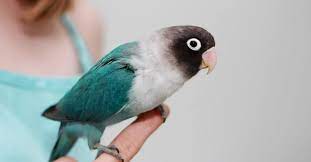
Unlocking the tapestry of lovebird species reveals a fascinating array of types, each with its unique characteristics and typical lifespan. In this chapter, we navigate through Singing-Wings-Aviary’s list, exploring the nuances of peach-faced, Fischer’s, and yellow-collared lovebirds.
Singing-Wings-Aviary’s List
Discovering Lovebird Types
- Peach-Faced Lovebird: Uncover the distinctive features that define the peach-faced lovebird. Singing-Wings-Aviary provides insights into their vibrant plumage and personality traits.
- Fischer’s Lovebird: Delve into the world of Fischer’s lovebirds, known for their playful nature and unique colorations. Singing-Wings-Aviary unveils key aspects that contribute to their individuality.
- Yellow-Collared Lovebird: Explore the characteristics that set the yellow-collared lovebird apart. Singing-Wings-Aviary sheds light on the specific attributes that define this lovebird type.
Lifespan Variations Across Species
- Comparative Analysis: Singing-Wings-Aviary presents a comparative analysis of the average lifespan of different lovebird species.
- Factors Influencing Lifespan: Gain insights into how factors like habitat, diet, and social interactions contribute to variations in lifespan among different lovebird types.
Breeding and Lifespan
Breeding Insights
- Breeding Patterns: Understand the breeding patterns associated with each lovebird type, as outlined by Singing-Wings-Aviary.
- Impact on Lifespan: Explore the potential influence of breeding practices on the overall lifespan of lovebirds.
Lifespan Considerations
- Environmental Adaptability: Singing-Wings-Aviary discusses how the adaptability of different lovebird types to captivity influences their overall lifespan.
- Care Guidelines: Discover specific care guidelines tailored to each lovebird type for optimal health and longevity.
Wikipedia’s Overview
Navigating through the vast expanse of information, Wikipedia provides a comprehensive overview of lovebird lifespan, delving into crucial data points that shape our understanding of these captivating avian companions.
Wikipedia’s Data on Lovebird Lifespan
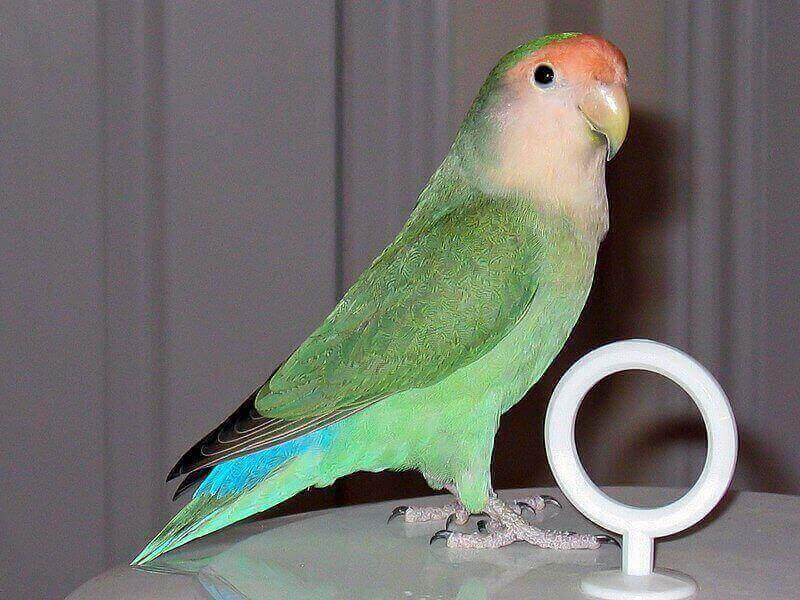
Unveiling Statistical Insights
- Average Lifespan: Wikipedia aggregates statistical data, offering an overview of the average lifespan of lovebirds, drawing from diverse sources and scientific studies.
- Regional Variances: Explore Wikipedia’s breakdown of lovebird lifespans based on geographical regions, shedding light on how environmental factors may influence longevity.
Breeding Dynamics and Mutations
- Breeding Practices: Wikipedia provides insights into the breeding practices that may impact lovebird lifespan, emphasizing the significance of responsible breeding.
- Mutations and Lifespan: Delve into the effects of genetic mutations on lovebird lifespan, uncovering how specific traits may influence their longevity.
Historical Context
- Evolutionary History: Gain a historical perspective on the evolution of lovebirds, understanding how their lifespan may have adapted over time.
- Human Interaction: Wikipedia examines the historical interaction between lovebirds and humans, considering how domestication has influenced their overall lifespan.
Insights into Care Practices
Dietary Considerations
- Optimal Nutrition: Wikipedia offers guidelines on providing a well-balanced diet to enhance lovebirds’ health and potentially extend their lifespan.
- Impact of Diet on Lifespan: Explore the correlation between dietary choices and the longevity of lovebirds, as presented by Wikipedia.
Veterinary Perspectives
- Healthcare Practices: Wikipedia outlines recommended veterinary practices to ensure the well-being of lovebirds, contributing to a prolonged and healthy life.
- Common Ailments: Gain insights into potential health issues that may affect lovebirds and how addressing them promptly can impact their overall lifespan.
Related Searches and FAQs
Embarking on a journey of curiosity, we delve into the world of lovebirds, exploring the questions that echo through the minds of enthusiasts and prospective pet owners. Here, we compile a comprehensive list of frequently asked questions (FAQs) and unveil the related searches that punctuate the realm of lovebird lifespan.
Frequently Asked Questions
What Factors Contribute to Lovebird Longevity?
- Unpack the multifaceted elements that play a pivotal role in determining the lifespan of lovebirds, covering aspects from diet to environmental conditions.
Can Lovebirds Thrive Alone, or Do They Require Companionship?
- Address the social nature of lovebirds, offering insights into whether these charming creatures flourish in solitude or if companionship is vital for their well-being.
How Often Should I Schedule Veterinary Check-ups for My Lovebird?
- Delve into the realm of avian healthcare, guiding lovebird owners on the frequency of veterinary visits to ensure their pets lead a healthy and fulfilling life.
Are There Specific Breeds of Lovebirds With Longer Lifespans?
- Uncover the nuances of lovebird breeds, discussing whether certain species boast extended lifespans and the factors influencing these variations.
What Role Does Exercise Play in Lovebird Lifespan?
- Explore the correlation between physical activity and lovebird longevity, shedding light on the importance of exercise in maintaining their overall health.
Answers Based on Comprehensive Research
Navigating Lovebird Loneliness: Insights for Owners
- Tackle the concern of loneliness in lovebirds, offering practical advice on how owners can mitigate this issue and promote a thriving, socially engaged environment.
Optimal Diet for Prolonged Lifespan: A Nutritional Guide
- Provide a detailed breakdown of the dietary requirements that contribute to a lovebird’s well-being, emphasizing the significance of balanced nutrition in extending their lifespan.
Behavioral Cues: Decoding Lovebird Health
- Guide readers through recognizing behavioral cues that may indicate health issues, empowering owners to proactively address potential concerns.
Understanding Lovebird Psychology: Keys to Emotional Well-being
- Delve into the emotional intelligence of lovebirds, unraveling the intricacies of their psychology and offering insights into fostering a supportive environment.
Beyond the Cage: Creating an Enriching Habitat for Lovebirds
- Expand on the concept of an enriched living space, discussing the elements that transform a cage into a stimulating habitat conducive to lovebird health and happiness.
In this exploration of queries and uncertainties, we aim to equip lovebird enthusiasts with the knowledge needed to nurture these delightful creatures and foster an environment where they can thrive.
Lovebird Breeding: Myths and Realities
Unraveling the Mysteries of Lovebird Reproduction
The Intricacies of Lovebird Breeding
- Delve into the fascinating world of lovebird reproduction, exploring the various stages and intricacies involved in the breeding process.
Common Misconceptions: Busting Lovebird Breeding Myths
- Dissect prevalent myths surrounding lovebird breeding, offering evidence-based insights to dispel misconceptions and provide a clear understanding.
Breeding Challenges and Solutions
Navigating Potential Obstacles
- Identify and discuss common challenges encountered during lovebird breeding, ranging from compatibility issues to environmental considerations.
Expert Advice: Tips for Successful Lovebird Breeding
- Draw on the expertise of seasoned breeders, offering a curated set of tips and recommendations to enhance the likelihood of successful lovebird reproduction.
The Impact of Breeding on Lovebird Lifespan
Balancing Reproduction and Longevity
- Examine the potential effects of breeding on lovebird lifespan, addressing concerns related to the physical and emotional well-being of breeding pairs.
Optimal Breeding Practices for Ethical Pet Ownership
- Advocate for responsible breeding practices, emphasizing ethical considerations to ensure the welfare of both parent birds and their offspring.
Key Takeaways: Nurturing a New Generation of Lovebirds
Educational Initiatives for Lovebird Owners
- Encourage ongoing education for lovebird owners, fostering a community that prioritizes knowledge and responsible practices in lovebird breeding.
Celebrating the Beauty of Lovebird Parenthood
- Conclude with a positive outlook, celebrating the joy that responsible lovebird breeding can bring to owners and the avian community as a whole.
In this exploration of lovebird breeding, we aim to demystify the process, address concerns, and promote responsible practices that contribute to the well-being of these beloved companions.
Lovebird Nutrition: A Culinary Compass for Optimal Health
The Foundation of Well-being: Understanding Lovebird Dietary Needs
Essential Nutrients for Lovebird Health
- Dive into the core nutrients crucial for lovebirds, shedding light on the significance of a balanced diet in their overall well-being.
Common Misconceptions: Challenging Nutritional Myths
- Dispel prevalent misconceptions regarding lovebird nutrition, providing evidence-backed insights to guide owners toward informed dietary choices.
Crafting a Lovebird-Friendly Menu
Balancing Seeds, Pellets, and Fresh Foods
- Explore the ideal proportions of seeds, pellets, and fresh foods in a lovebird’s diet, emphasizing the importance of variety for nutritional richness.
Superfoods for Lovebirds: Fact or Fiction?
- Examine popular “superfoods” and their actual impact on lovebird health, helping owners discern between beneficial additions and mere dietary trends.
Nutritional Challenges and Solutions
Overcoming Picky Eating Habits
- Address common challenges related to picky eaters, offering practical solutions to encourage lovebirds to embrace a diverse and nutritious diet.
Diet-Related Health Issues: Identifying and Preventing
- Discuss potential health issues stemming from poor nutrition, empowering owners with knowledge to prevent and address diet-related concerns.
Special Considerations for Breeding Lovebirds
Nutritional Demands During Breeding
- Delve into the specific nutritional requirements of breeding lovebirds, ensuring optimal health for both parents and their offspring.
Supplements: Navigating the Controversy
- Explore the realm of supplements, providing a nuanced perspective on when and how to incorporate them into a lovebird’s diet.
Key Takeaways: Cultivating a Nutrient-Rich Lifestyle for Lovebirds
Educational Initiatives for Lovebird Owners
- Advocate for continuous learning, encouraging lovebird owners to stay informed about evolving nutritional guidelines for optimal avian health.
A Culinary Compass for Every Lovebird Household
- Conclude with a call to action, urging owners to view lovebird nutrition as a dynamic aspect of care, evolving with the latest insights and their bird’s individual needs.
Lovebird Behavioral Insights: Decoding Avian Actions
The Complex World of Lovebird Behavior
Understanding Lovebird Communication
- Unravel the intricacies of lovebird communication, exploring vocalizations, body language, and social interactions within their flock.
Playful Antics: Analyzing Lovebird Play Behavior
- Delve into the entertaining world of lovebird play, deciphering the purposes behind their playful antics and the importance of mental stimulation.
Bonding and Relationships in Lovebirds
Mate Bonding: Beyond Companionship
- Explore the depth of mate bonding in lovebirds, emphasizing the significance of pairing and its impact on their overall well-being.
Social Dynamics: The Flock Mentality
- Investigate lovebirds’ inherent flock mentality, shedding light on the social dynamics that shape their behavior in captivity.
Behavioral Challenges and Solutions
Addressing Aggression: Unraveling the Causes
- Analyze the roots of lovebird aggression, providing insights into common triggers and proactive measures to prevent and manage aggressive behavior.
Taming and Training: Nurturing a Positive Relationship
- Offer guidance on taming and training lovebirds, emphasizing positive reinforcement techniques for fostering a cooperative bond.
Lovebirds as Emotional Companions
Emotional Expression: Lovebirds as Sentient Beings
- Acknowledge lovebirds as emotionally expressive creatures, discussing their capacity for forming deep emotional bonds with human companions.
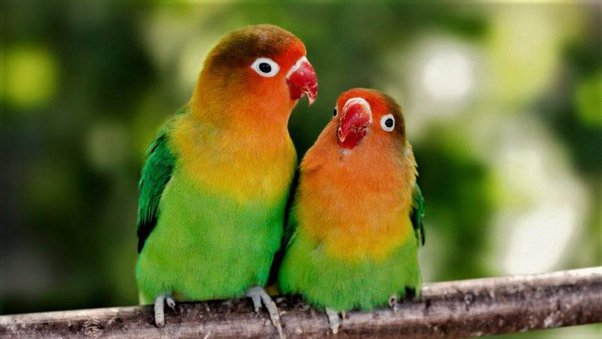

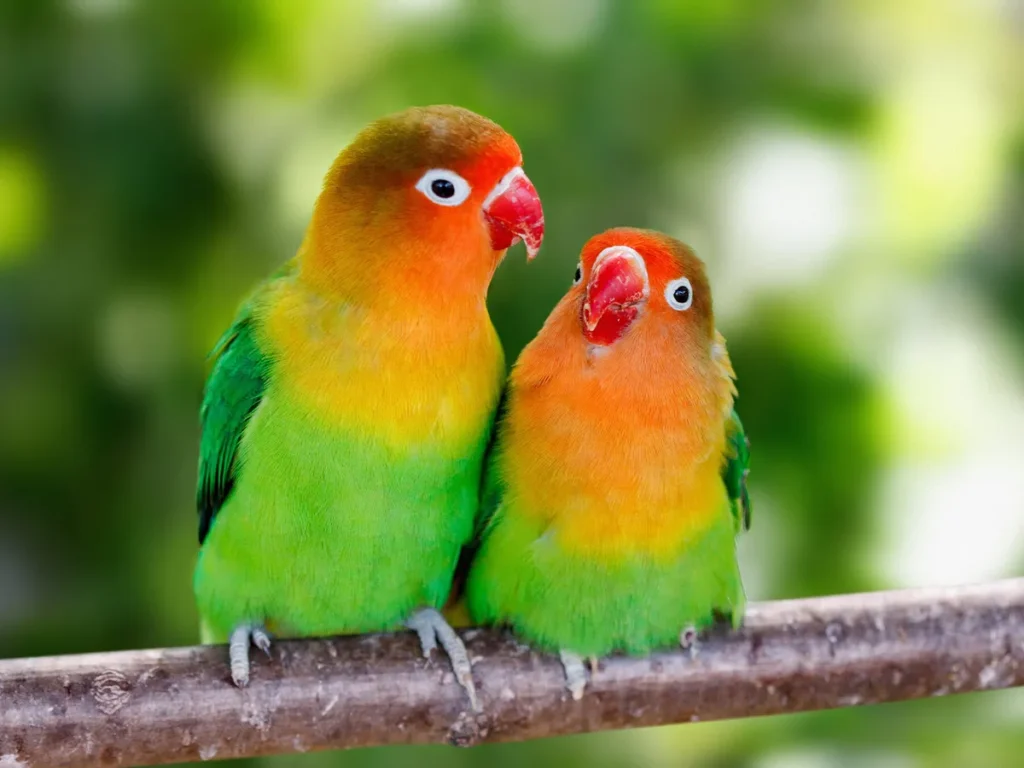
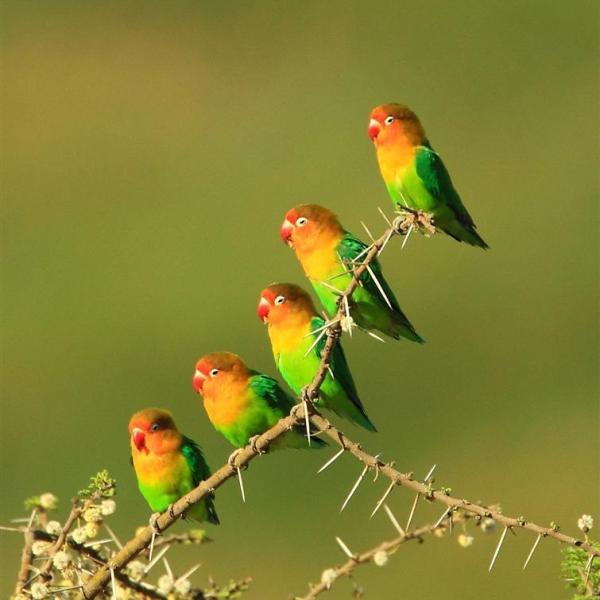
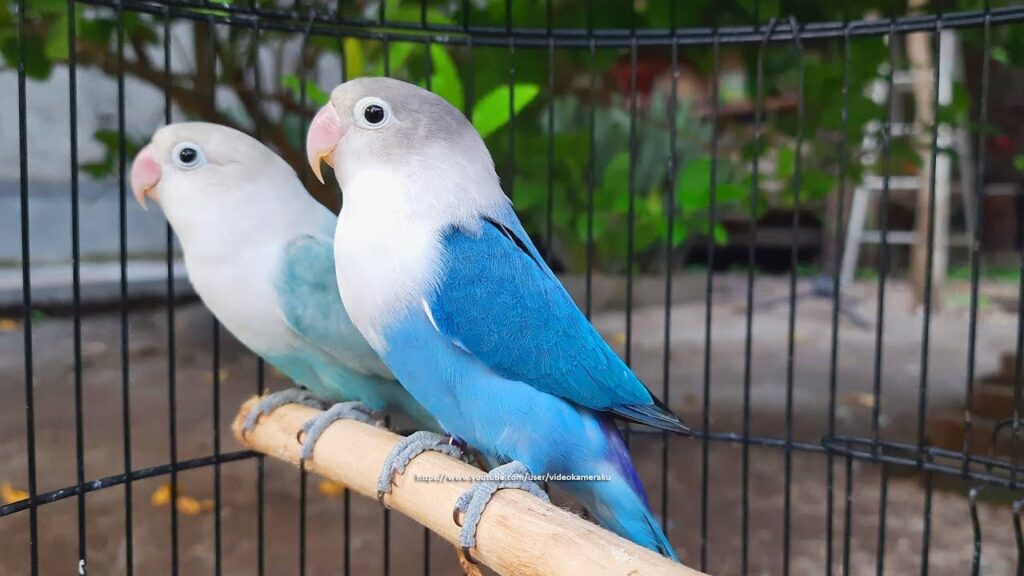



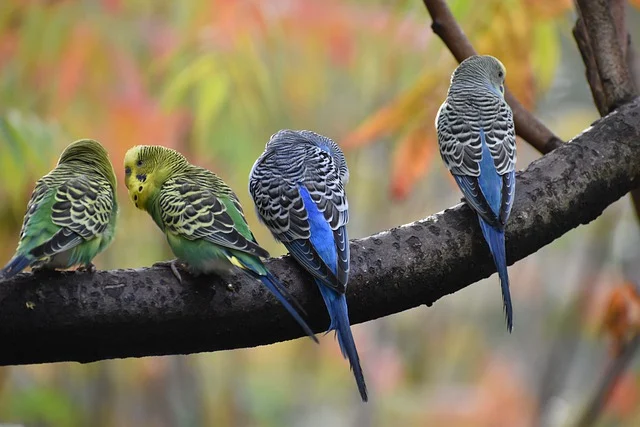
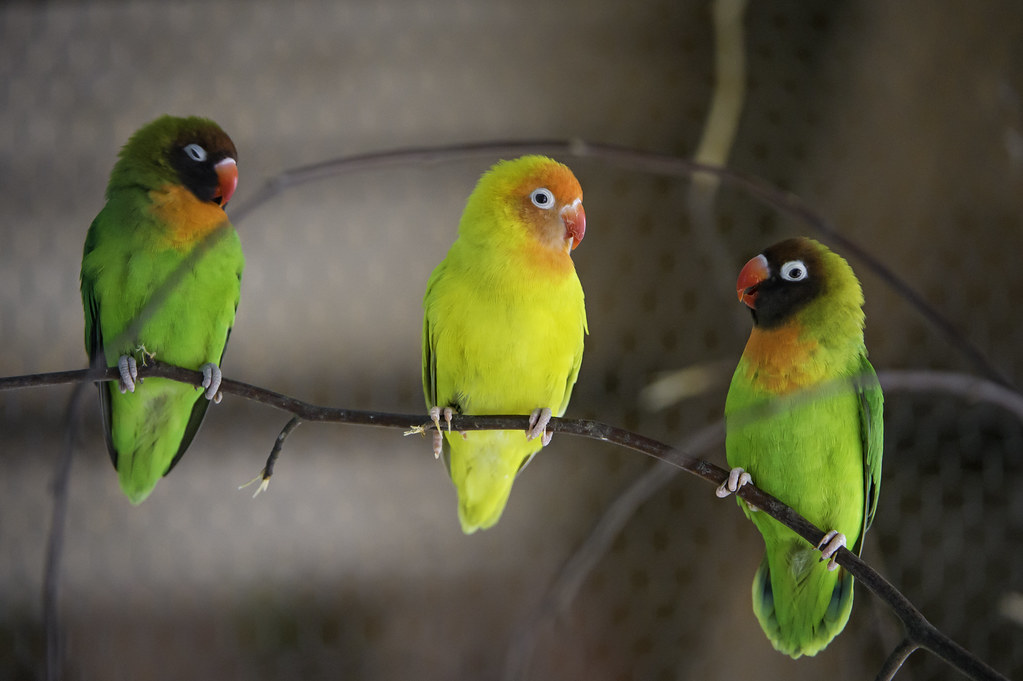
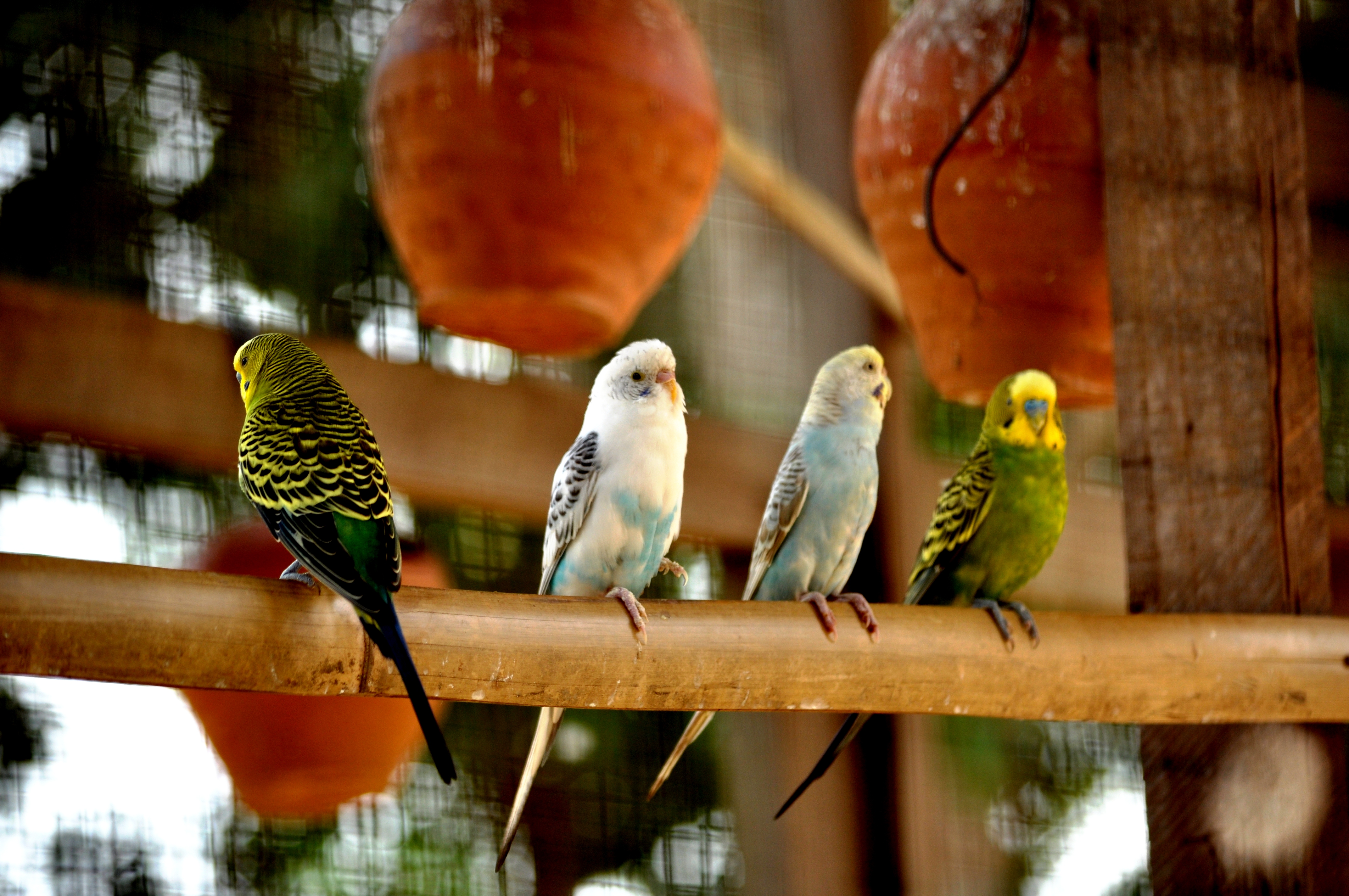
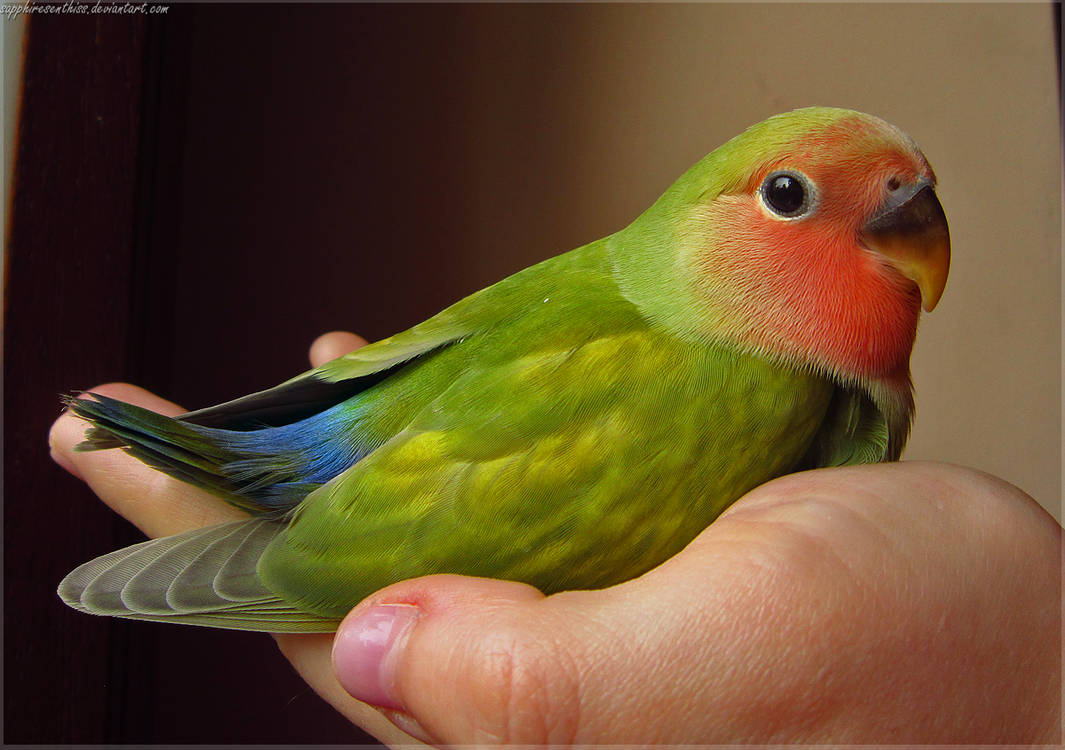
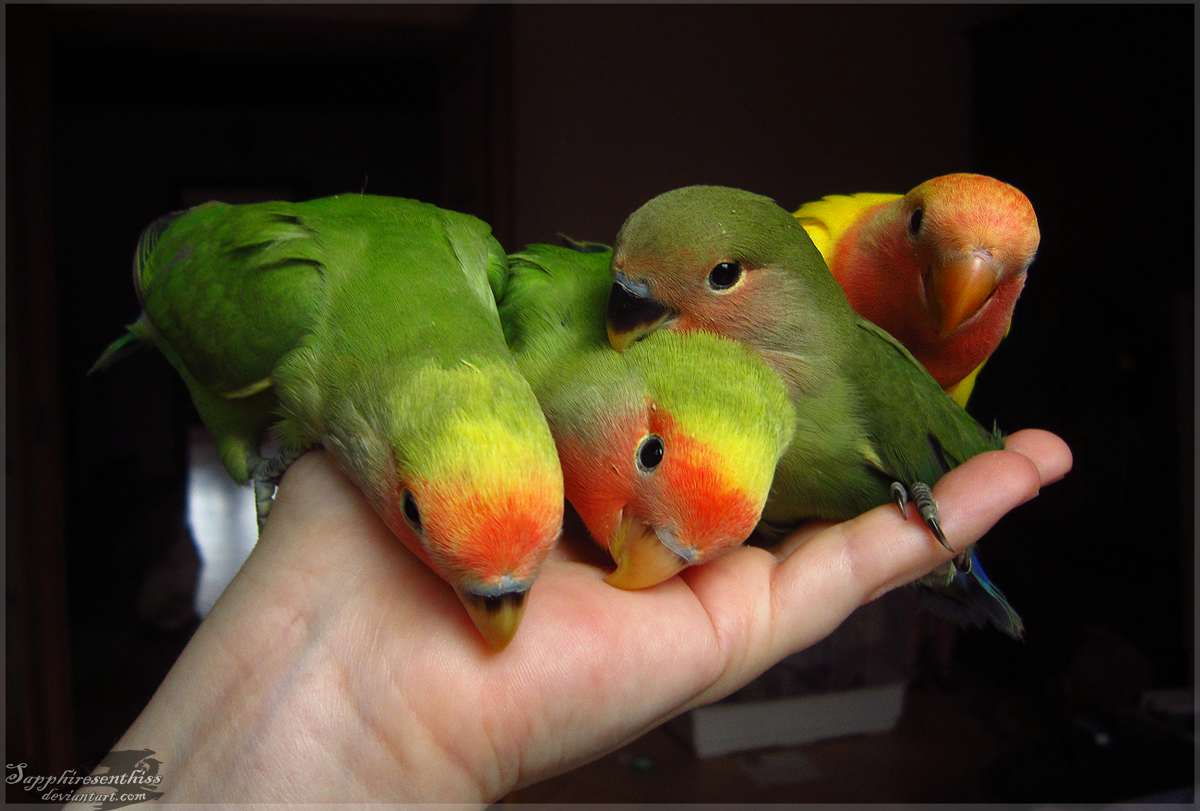
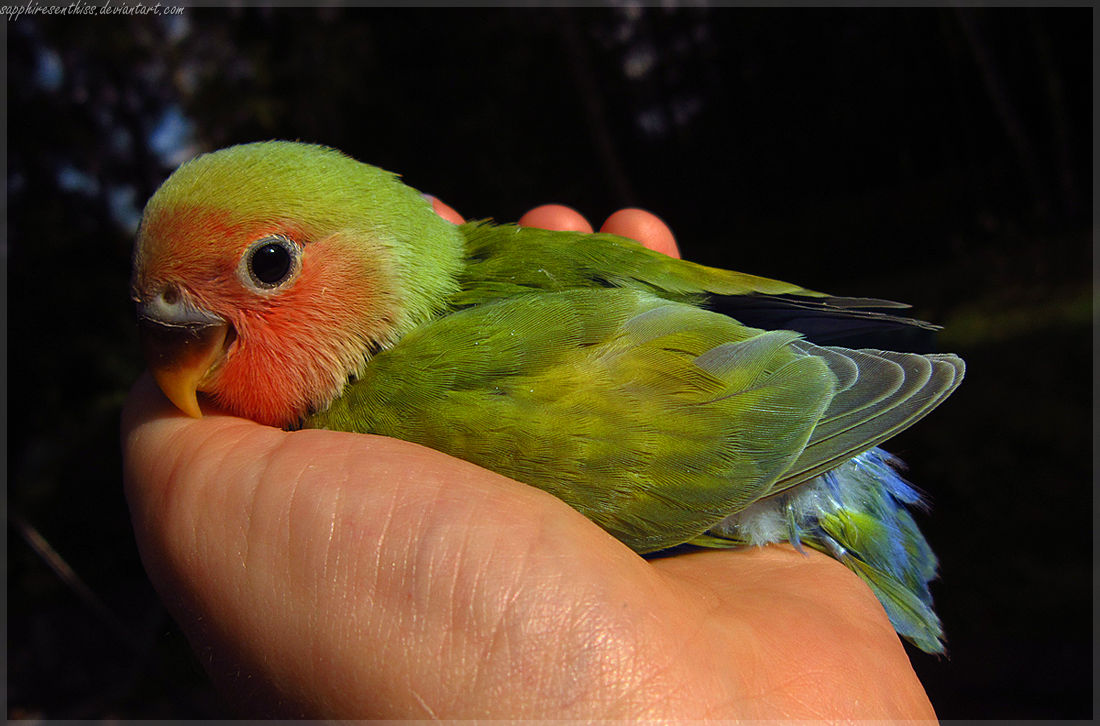
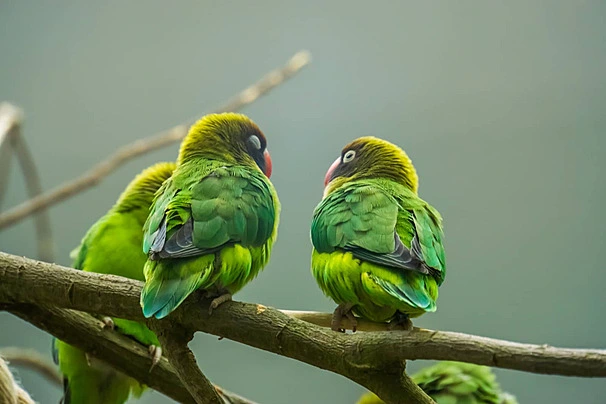
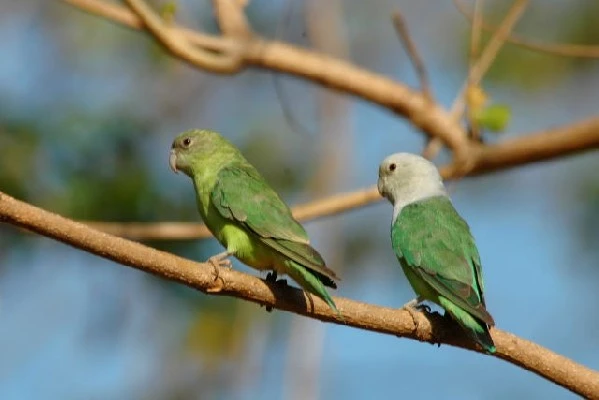
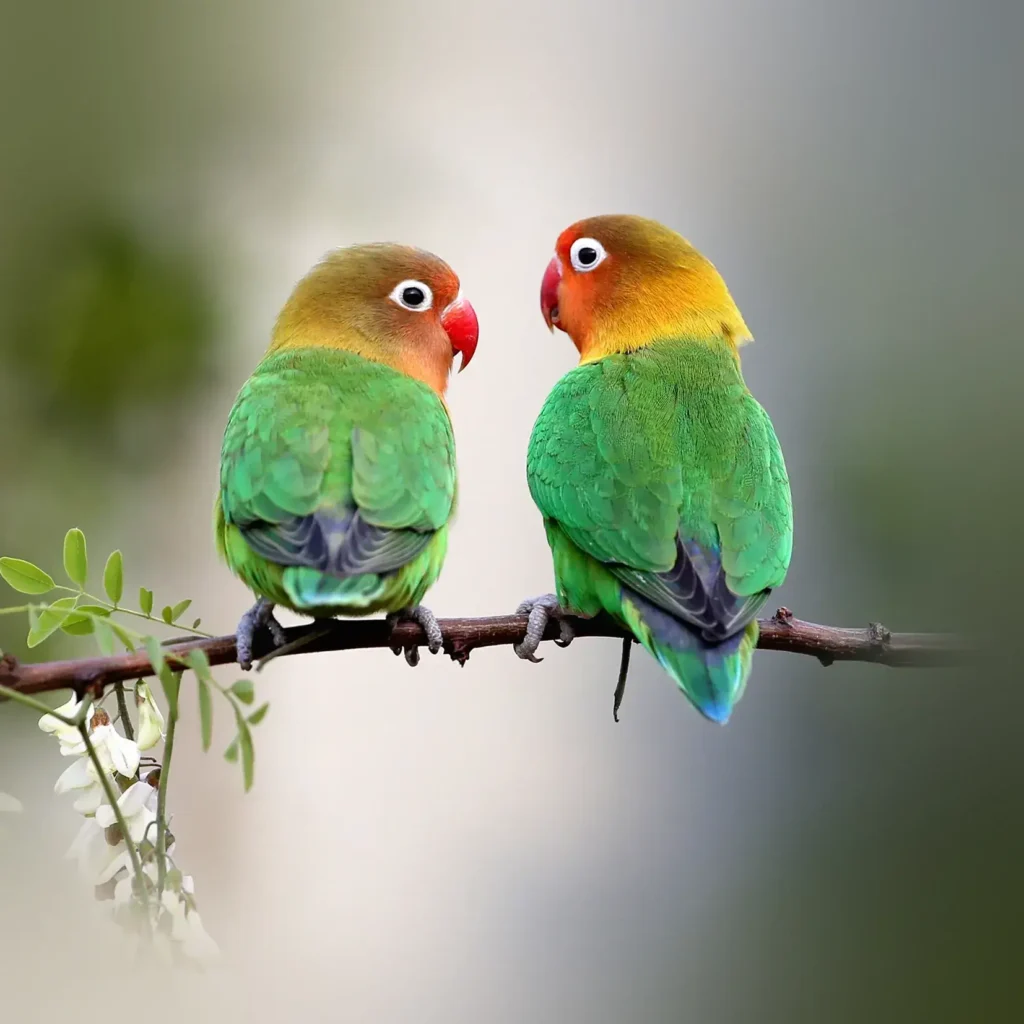
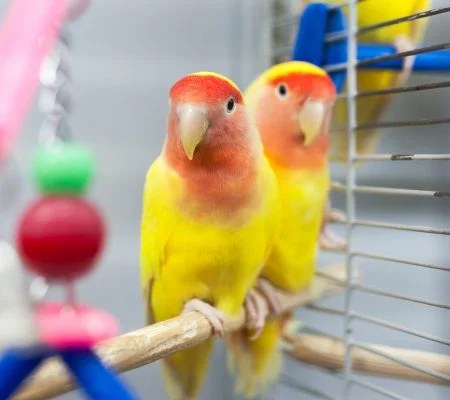
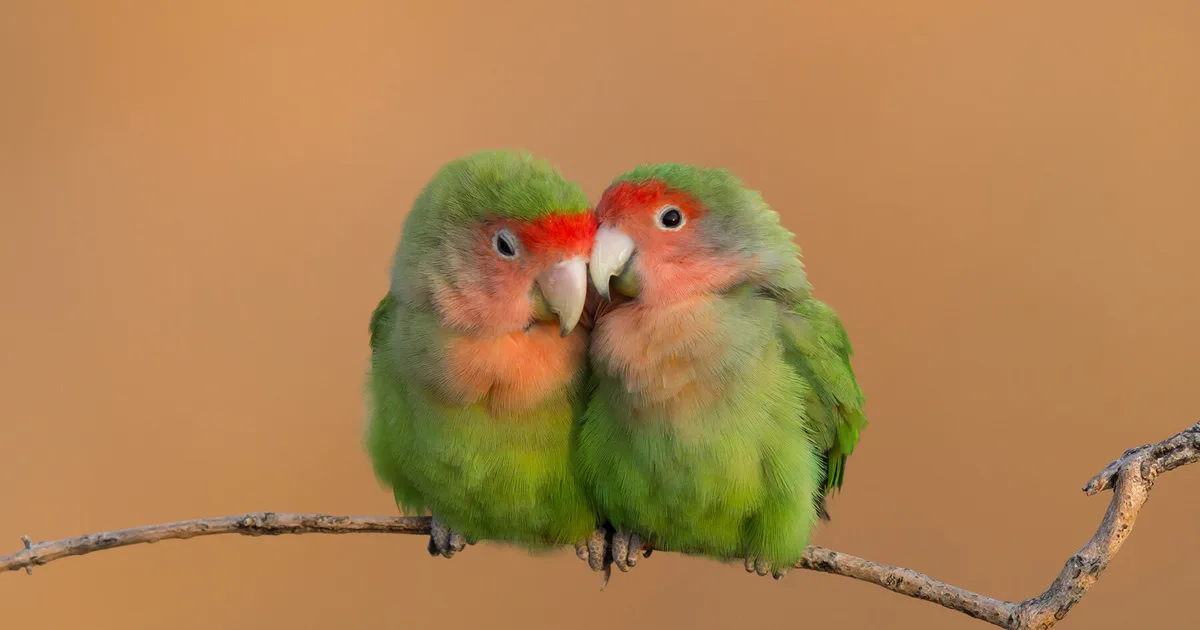
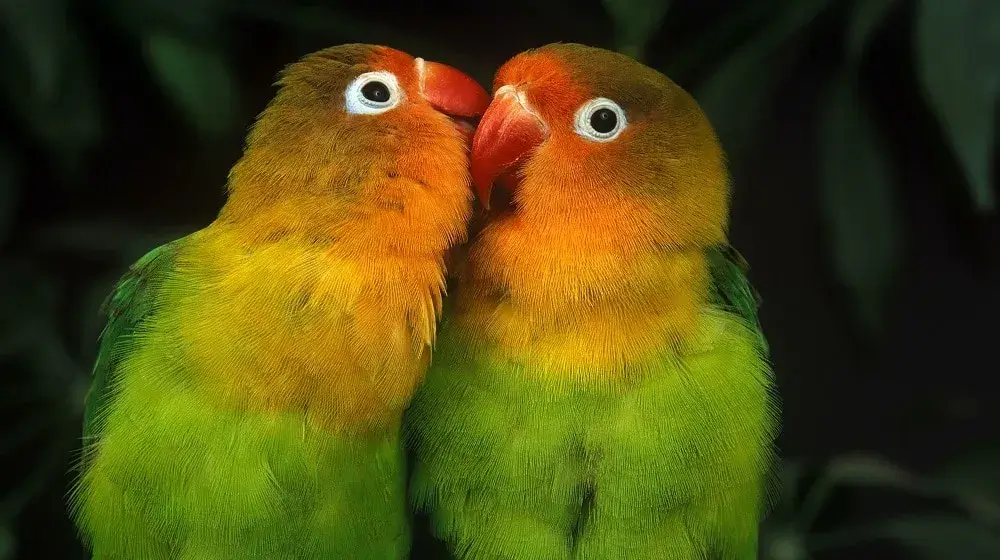

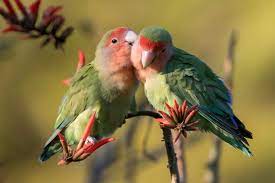
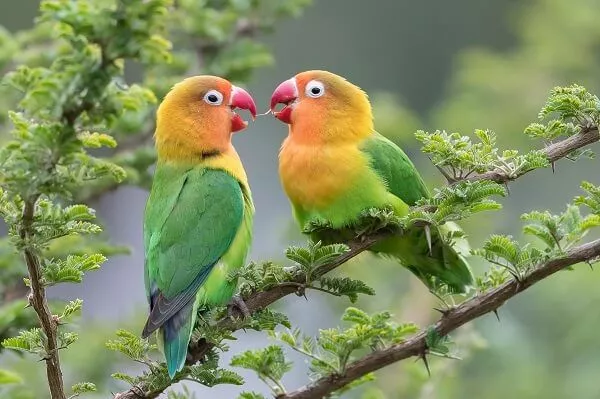
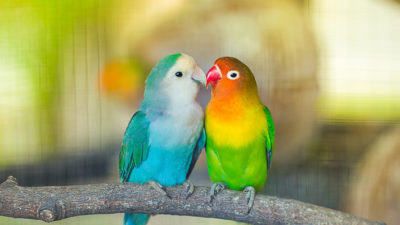
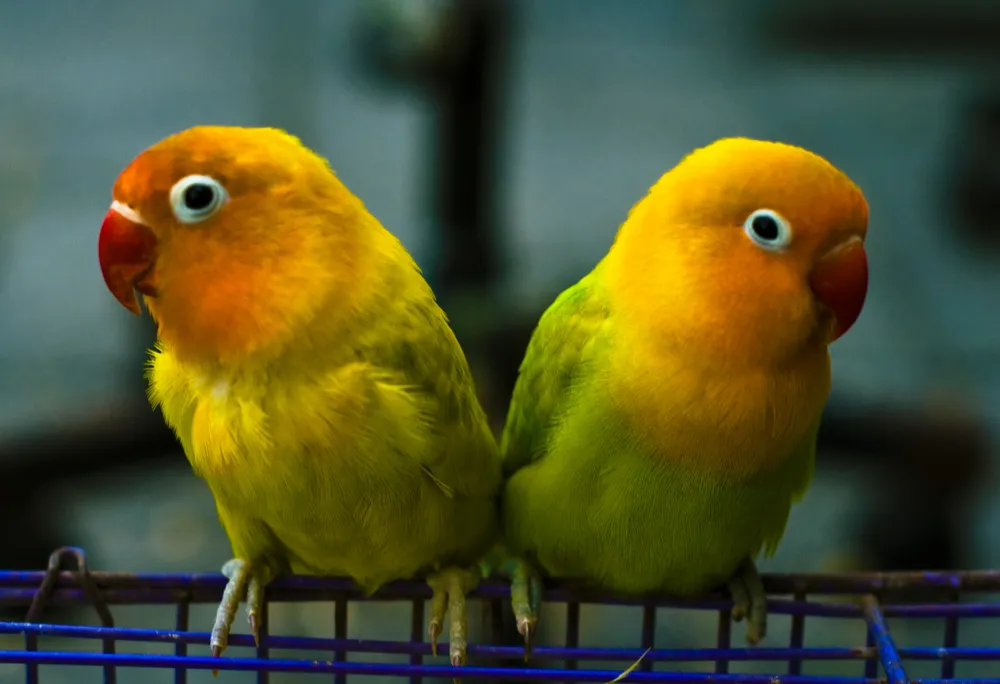
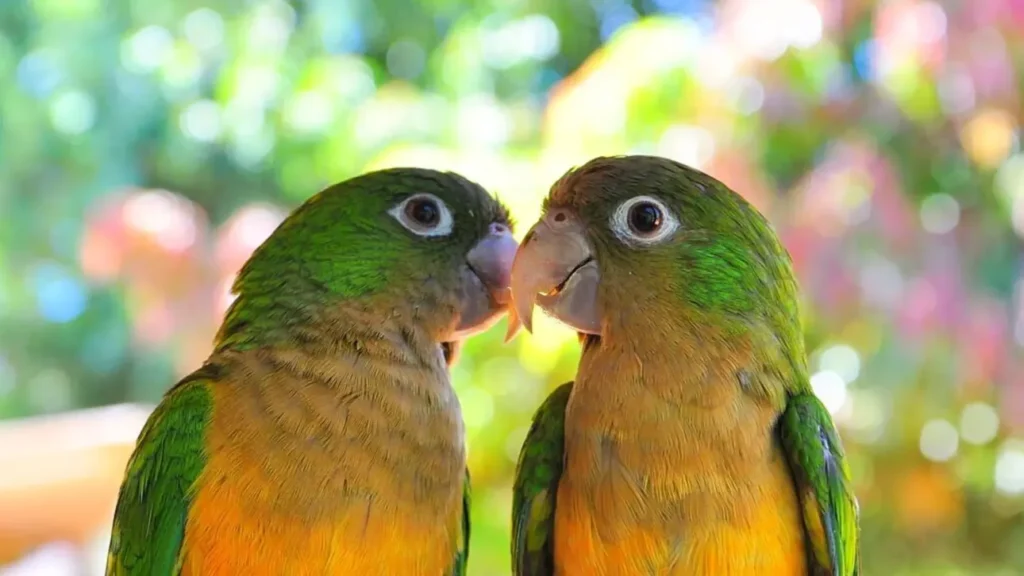
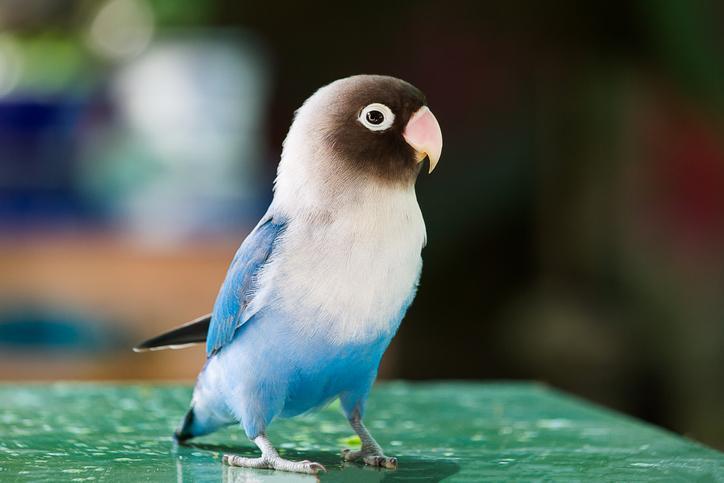
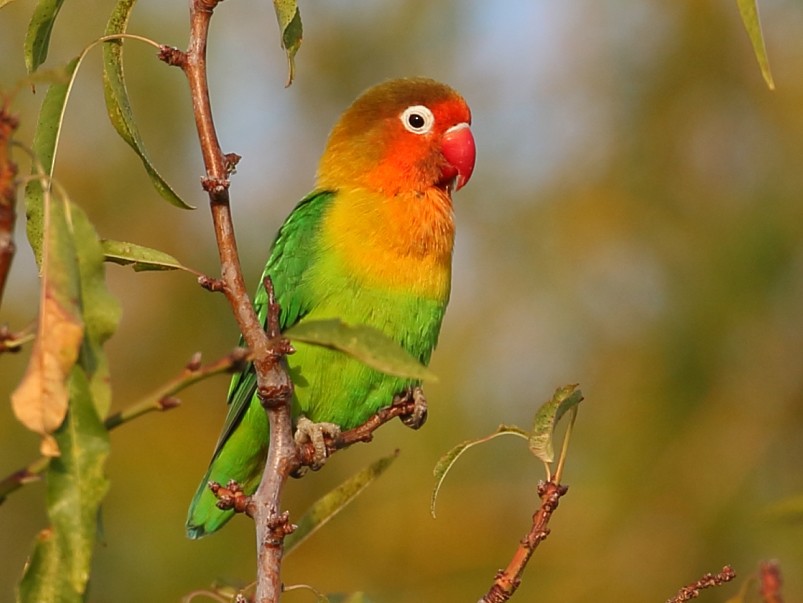
:strip_icc()/Lovebirds-GettyImages-510427100-58d005853df78c3c4f3b36e3.jpg)

